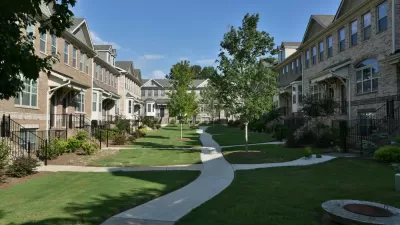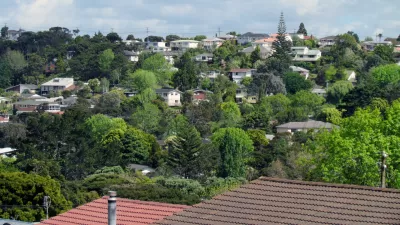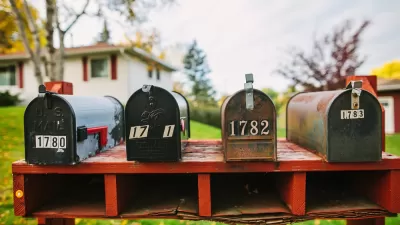The affordability crisis continues to impact American households across the board, with 16 percent of listings affordable to the average household.

An article by Gabriella Cruz-Martinez in Yahoo Finance highlights how the housing crisis disproportionately impacts Black and Latino households. According to research from Redfin, “The average Black household could afford just 7% of listings for sale last year on a median income, while white households could afford 22% of listings. The share was nearly as bad for Latino households, which could afford just 10% of homes for sale.”
Across the country, only 16 percent of homes were affordable to the average homebuyer, ethnicity notwithstanding, a drop of 41 percent since 2022. In some of the most expensive markets like Anaheim, California, affordability rates are below 0.5 percent for Black and Latino households and 2 percent for white households. “At a national level, an average homebuyer in 2023 had to earn an annual income of at least $109,868 if they were aiming to spend under 30% of their income on a monthly mortgage payment for a median-priced home.”
The prognosis is less grim for 2024, as rent prices have started to decrease, but average rent costs remain above pre-pandemic levels. “According to Redfin, the increase in housing supply throughout 2024 and a burst of new construction could cause prices to drop by 1% on average by year-end.”
FULL STORY: Lack of affordable homes for sale hits minorities hardest, analysis shows

Study: Maui’s Plan to Convert Vacation Rentals to Long-Term Housing Could Cause Nearly $1 Billion Economic Loss
The plan would reduce visitor accommodation by 25,% resulting in 1,900 jobs lost.

North Texas Transit Leaders Tout Benefits of TOD for Growing Region
At a summit focused on transit-oriented development, policymakers discussed how North Texas’ expanded light rail system can serve as a tool for economic growth.

Using Old Oil and Gas Wells for Green Energy Storage
Penn State researchers have found that repurposing abandoned oil and gas wells for geothermal-assisted compressed-air energy storage can boost efficiency, reduce environmental risks, and support clean energy and job transitions.

Private Donations Propel Early Restoration of Palisades Playground
Los Angeles has secured over $1.3 million in private funding to restore the Pacific Palisades playground months ahead of schedule, creating a modern, accessible space that supports community healing after recent wildfires.

From Blight to Benefit: Early Results From California’s Equitable Cleanup Program
The Equitable Community Revitalization Grant (ECRG) program is reshaping brownfield redevelopment by prioritizing projects in low-income and environmental justice communities, emphasizing equity, transparency, and community benefits.

Planting Relief: Tackling Las Vegas Heat One Tree at a Time
Nevada Plants, a Las Vegas-based nonprofit, is combating the city’s extreme urban heat by giving away trees to residents in underserved neighborhoods, promoting shade, sustainability, and community health.
Urban Design for Planners 1: Software Tools
This six-course series explores essential urban design concepts using open source software and equips planners with the tools they need to participate fully in the urban design process.
Planning for Universal Design
Learn the tools for implementing Universal Design in planning regulations.
Ascent Environmental
Borough of Carlisle
Institute for Housing and Urban Development Studies (IHS)
City of Grandview
Harvard GSD Executive Education
Toledo-Lucas County Plan Commissions
Salt Lake City
NYU Wagner Graduate School of Public Service





























